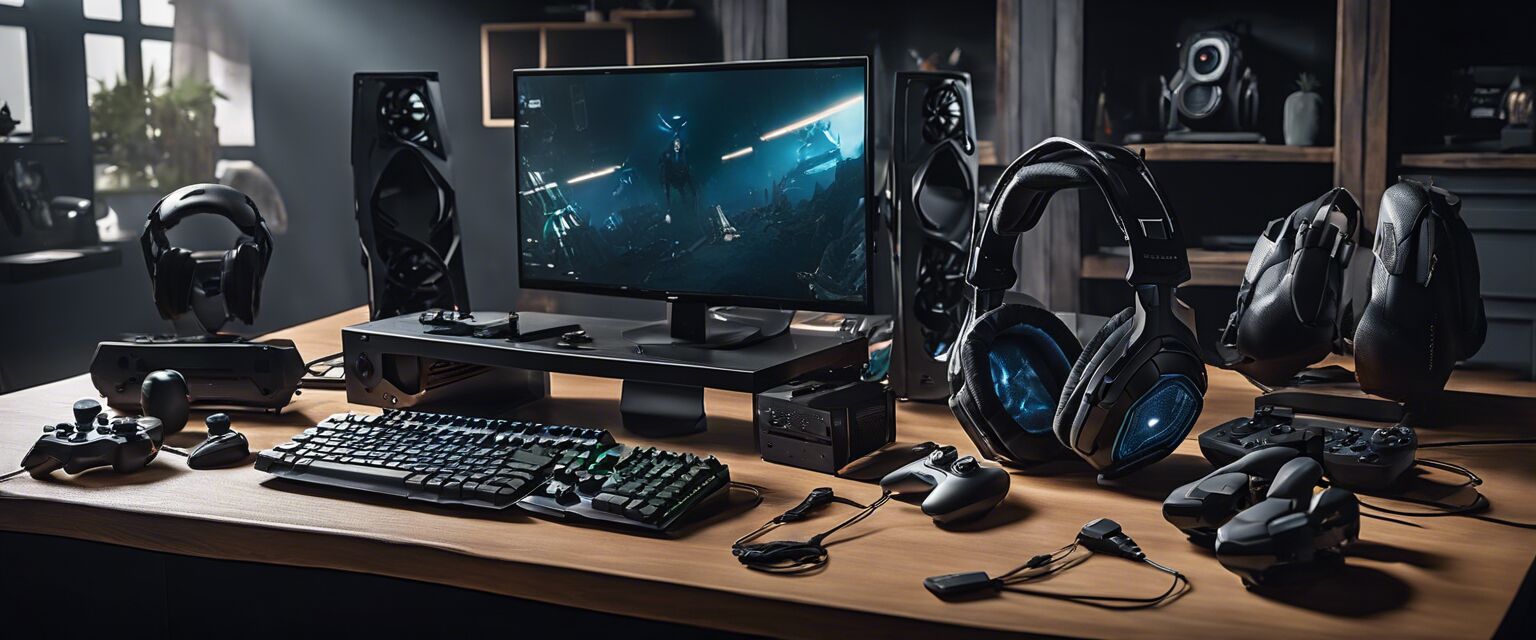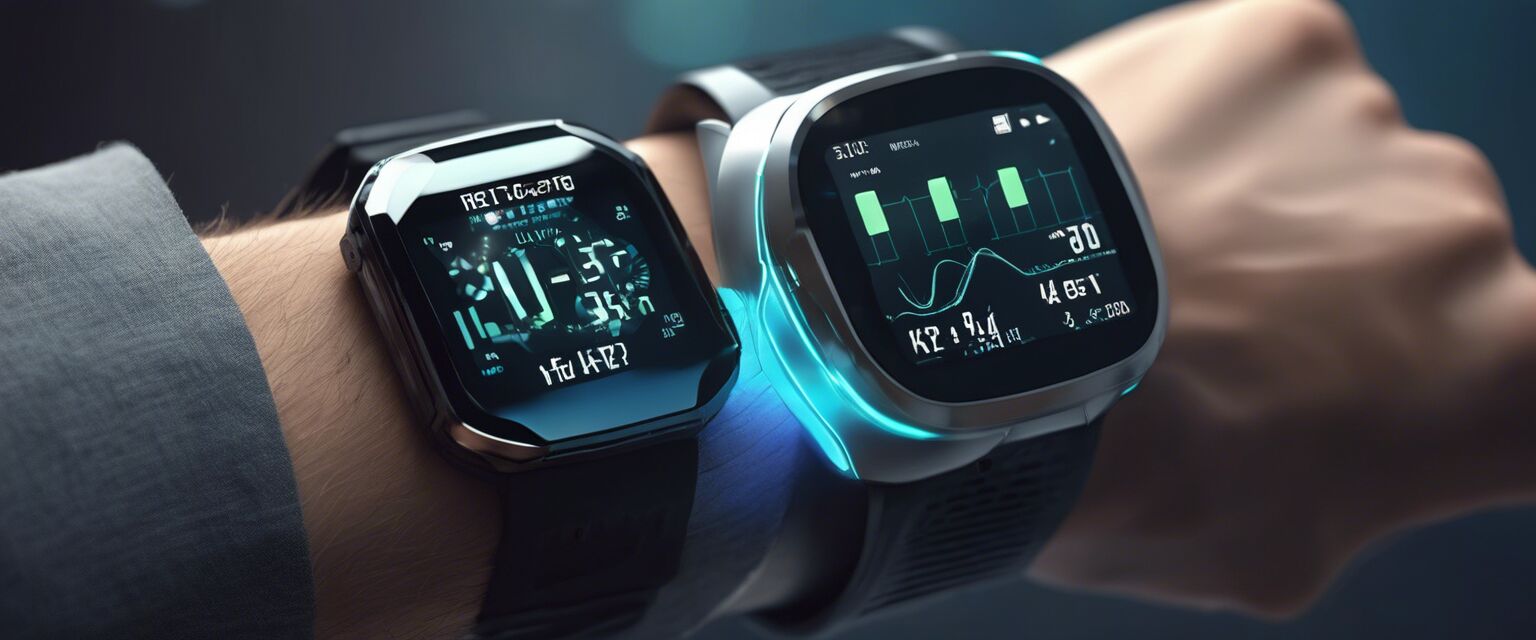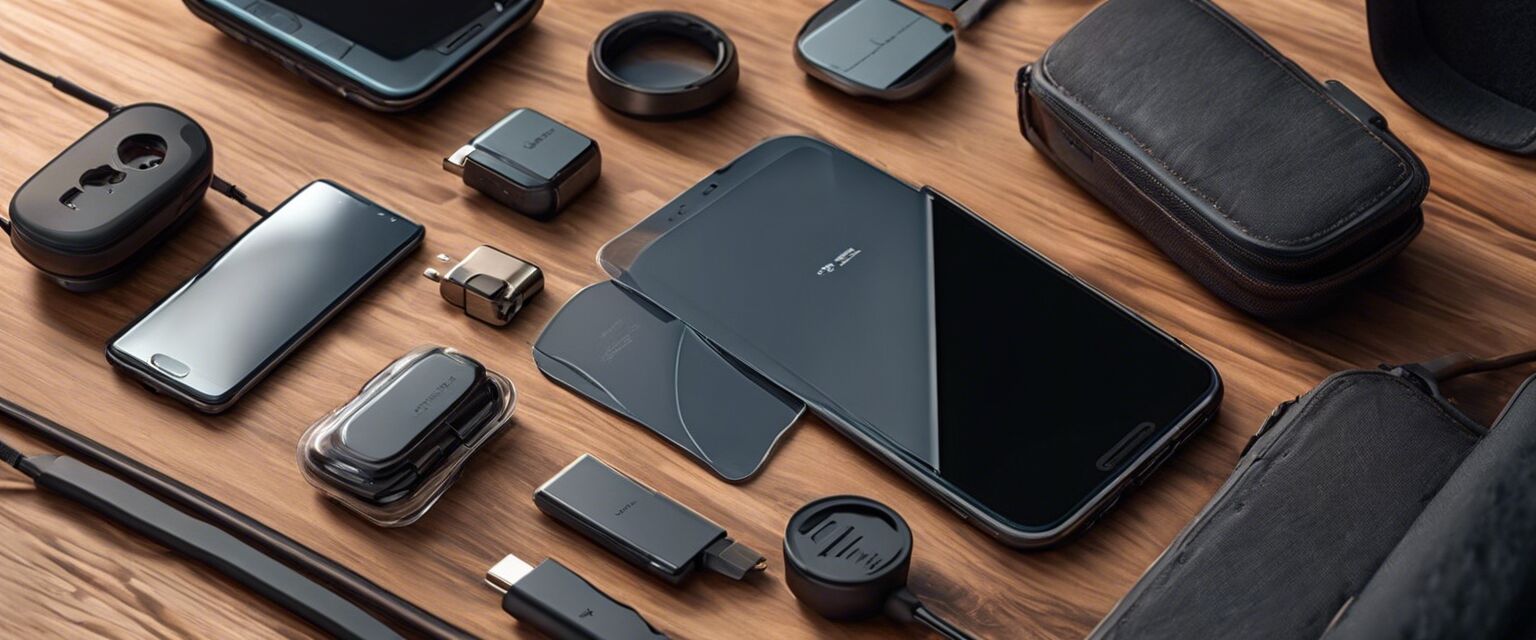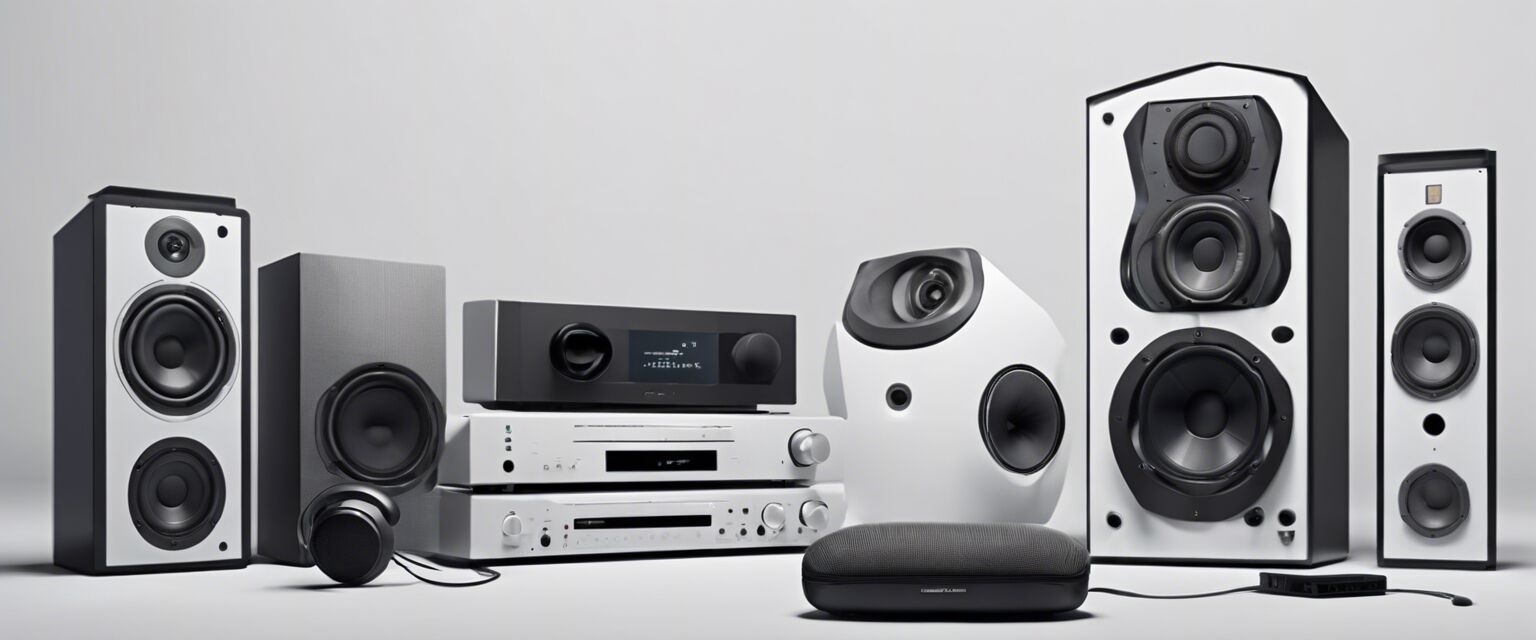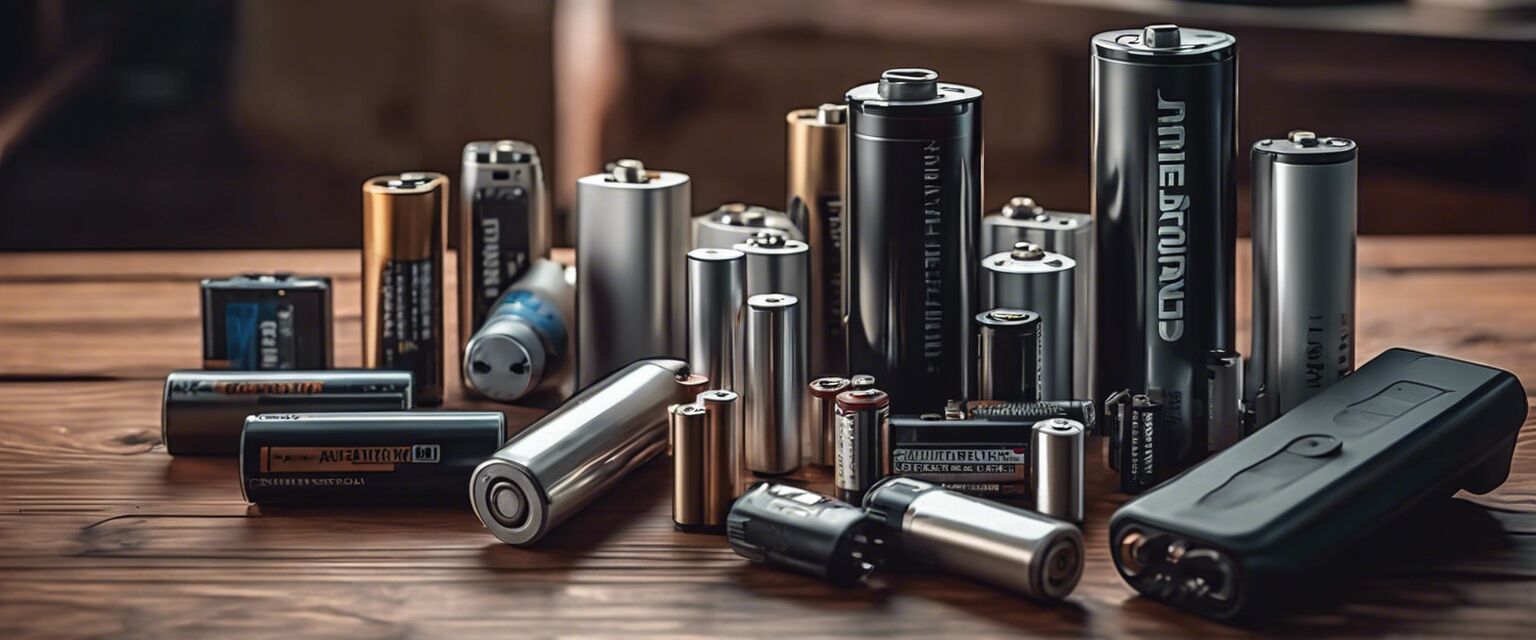
Batteries and charging devices
Key Takeaways
- Understand the different types of batteries available for your devices.
- Explore various charging devices including power banks and wall chargers.
- Learn about the best practices for battery maintenance and safety.
- Discover how to choose the right charging device for your needs.
In today's fast-paced electronic world, having reliable batteries and charging devices is essential. Whether you're powering remote controls, smartphones, or laptops, understanding your options can help you stay connected. This comprehensive guide will walk you through the best batteries and charging devices available, helping you make informed choices.
Types of batteries
Batteries come in various shapes and sizes, each suited for different applications. Below, we explore the most common types of batteries you may encounter:
| Battery Type | Common Uses | Advantages | Disadvantages |
|---|---|---|---|
| AA Batteries | Toys, remote controls, flashlights | Widely available, affordable | Single use, not rechargeable |
| Rechargeable Batteries | Smartphones, cameras, gaming controllers | Cost-effective in the long run | Higher upfront cost, limited lifespan |
| 9V Batteries | Smoke detectors, radios | High energy density | Less common, more expensive |
| Li-ion Batteries | Laptops, smartphones, tablets | Long lifespan, lightweight | Can overheat, requires special handling |
Charging devices
Charging devices are just as important as the batteries themselves. In this section, we will cover the most popular types of charging devices:
| Charging Device | Features | Best For |
|---|---|---|
| Wall Chargers | Fast charging, multiple ports | Home and office use |
| USB Power Banks | Portable, various capacities | Travel, outdoor activities |
| Car Chargers | Compact, dual charging ports | Road trips, commuting |
| Wireless Chargers | Convenient, no cables | Home or office desks |
Choosing the right charging device
When selecting a charging device, consider the following factors:
- Device compatibility: Ensure the charger is compatible with your devices.
- Charging speed: Look for chargers that offer fast charging capabilities.
- Portability: If you're on the go, choose a lightweight, compact charger.
- Additional features: Some chargers come with extra features like built-in cables or multiple USB ports.
Battery maintenance and safety
Taking care of your batteries can extend their lifespan and improve performance. Here are some essential tips:
Tips for battery maintenance
- Store batteries in a cool, dry place.
- Avoid exposing batteries to extreme temperatures.
- Regularly check battery expiration dates.
- Dispose of batteries properly to prevent environmental harm.
Common battery and charging device questions
Here are some frequently asked questions about batteries and charging devices:
1. How do I know which battery my device needs?
Check the device's manual or the battery compartment for specifications.
2. Can I use a different brand of battery?
Yes, as long as the battery size and type match, you can use different brands.
3. How long does a power bank last?
The lifespan of a power bank depends on the quality and how often it is used, but they typically last 2-3 years.
Conclusion
Understanding batteries and charging devices is essential for anyone who relies on electronics. By knowing the different types of batteries, how to choose the right charging device, and best practices for maintenance, you can ensure that your devices are always powered and ready to go. For more information on specific products, you can explore our categories on audio equipment, chargers and power banks, and smart home devices.
Pros
- Wide variety of battery types available for different needs.
- Portable charging devices make it easy to stay powered on the go.
- Rechargeable batteries save money in the long run.
- Advancements in battery technology enhance performance.
Cons
- Some batteries can be expensive to replace.
- Improper disposal of batteries can harm the environment.
- Rechargeable batteries have a limited lifespan.
- Charging devices can vary in quality and efficiency.
Additional resources
For further reading, check out our articles on gaming accessories and wearable technology to learn more about how to enhance your electronic experience.
